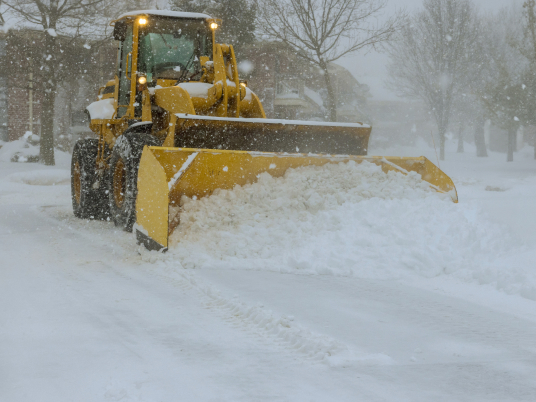Expertise
G&B Construction is one of the best specialty contractors in the greater Philadelphia area, with over 20 years of experience and the best people in the industry. From culverts, pipe installations, trails, curb and sidewalk, parking lots, heavy hauling – we challenge ourselves every day to deliver the best results for our customers.
Take a look at our some of our past projects and capabilities:
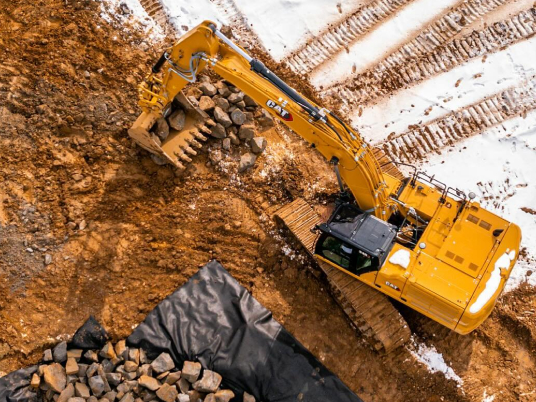
Excavation
Learn more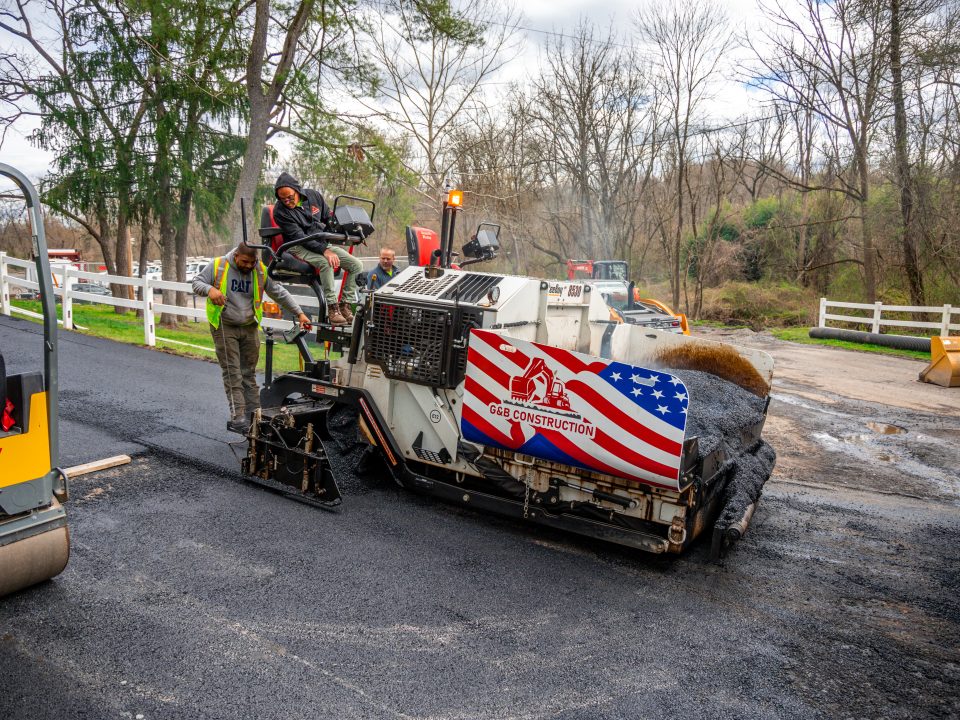
Paving
Learn more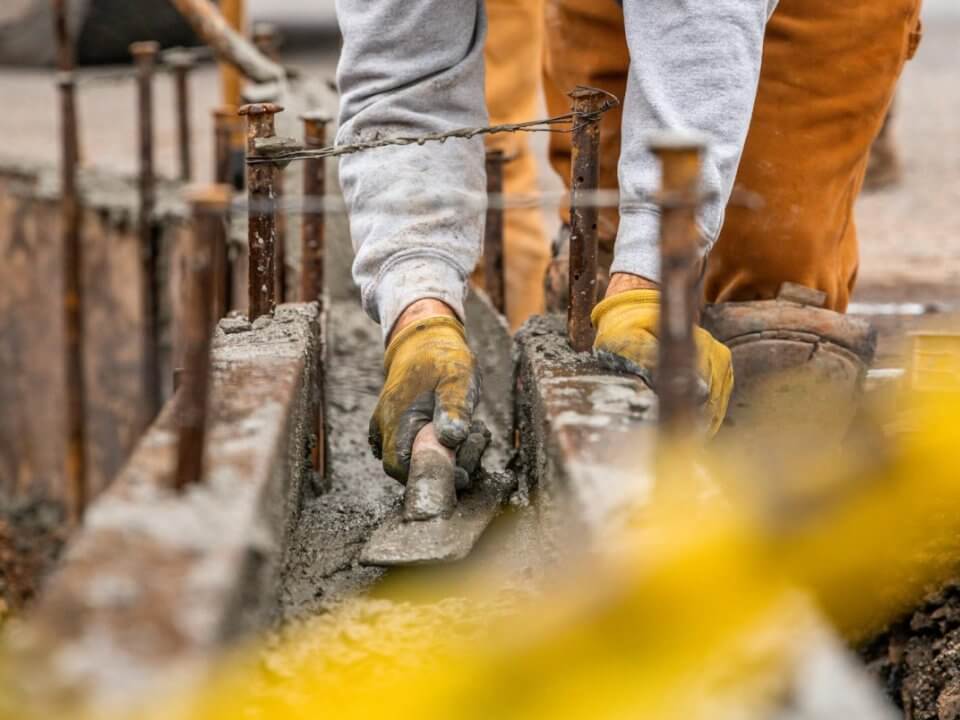
Concrete
Learn more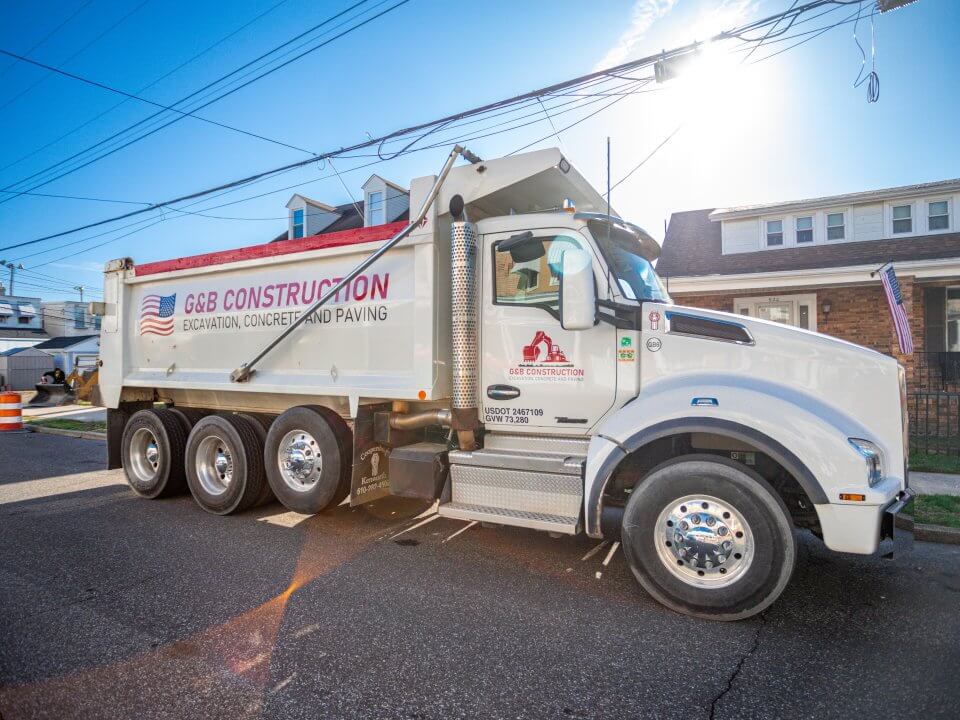
Dump Truck Hauling
Learn more
Heavy Hauling
Learn more